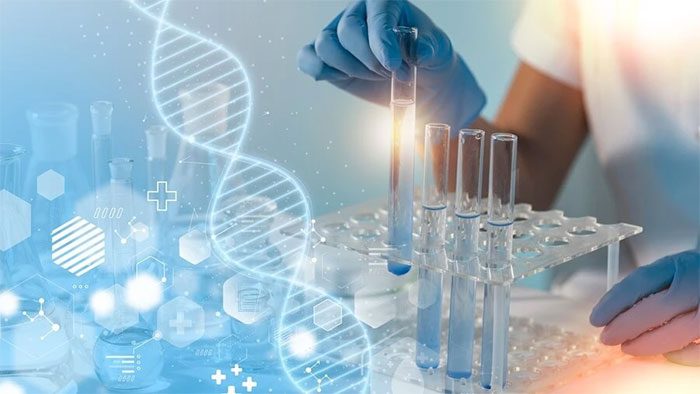The FDA has approved the world’s most expensive drug, priced at $4.25 million per dose, for the treatment of a rare disease in children.
According to Medical News Today, MLD is a rare genetic disorder, also known as metachromatic leukodystrophy (MLD). Children affected by MLD will experience loss of the ability to think, move, and perceive the world around them.

Scientists have developed a treatment method for the rare genetic disorder MLD. (Image: Freepik)
On March 18, the U.S. Food and Drug Administration (FDA) approved a gene therapy produced by Orchard Therapeutics, a UK-based company. This is the first approved treatment for this rare genetic disorder in the U.S., according to Reuters.
The FDA stated that the therapy is marketed under the brand name Libmeldy at a price of $4.25 million, making it one of the most expensive drugs in the world. This medication is prescribed for children in the progressive stage of the disease.
Experts based their decision on research involving 37 children treated with Libmeldy in two clinical trials. Results showed that this therapy significantly reduced the risk of severe motor impairment or death. The FDA also warned about potential risks of blood cancer, blood clots, or brain tissue swelling.
Studies indicate that 1 in 100 children will be affected by MLD due to carrying faulty genes. In other words, children who inherit faulty genes from both parents will develop this condition. Consequently, MLD is very rare and affects about 1 in 40,000 children born in the UK. In the U.S., it is estimated that fewer than 50,000 people have this disease.
The MLD gene produces a defective version of an enzyme. The role of a healthy enzyme – arylsulfatase A (ARSA) is to break down fats known as sulfatides in the white matter of the brain and spinal cord. Sulfatides are essential components of myelin, the fatty sheath that protects and insulates nerve cells. When the ARSA enzyme does not function normally, sulfatides accumulate, damaging the myelin sheath that protects nerve cells.
Doctors can use bone marrow transplants from healthy donors to treat patients, but this method only slows the progression of the disease. Another approach is to inject active enzyme into patients; however, this enzyme is a large protein molecule that cannot cross the blood-brain barrier.
Recently, doctors have successfully tested a new gene therapy called atidarsagene autotemcel, which provides a healthy gene version to produce the necessary enzyme for the body.
Doctors will collect stem cells from the patient’s bone marrow, which are then sent to a laboratory in Italy. There, doctors use a harmless modified virus to introduce healthy copies of the enzyme-producing gene into the DNA of the stem cells.
Finally, doctors will reinject the repaired stem cells into the patient’s bloodstream. These cells migrate to the bone marrow, where they start producing blood cells capable of generating normal functioning enzymes.



















































